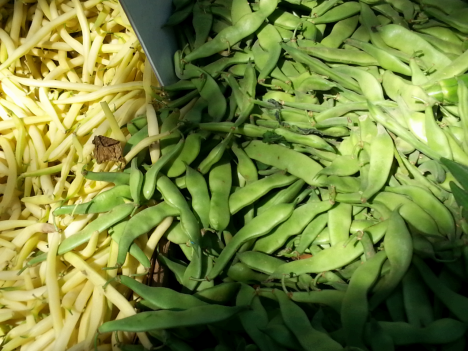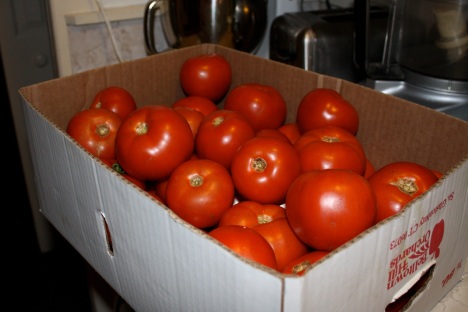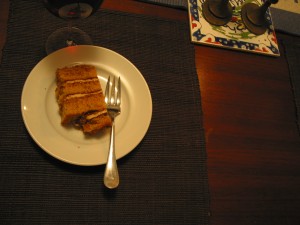
The truth is, I’ve never been south of Rome, most places north, but never in the sole and heel of the boot. I visit Campania, Basilicata, Sicily and Sardinia sporadically in my imagination. In that very vivid imagination, I’m reclining in a canvas lounge chair lined with a stripped beach towel on the Amalfi coast wearing a 1950’s sexy black one piece suit, Jackie O sunglasses, extra wide brimmed straw hat, in my hand is a chilled glass of Greco di Tufo.
The white wines of Campania caught my attention about 5 years ago at an Italian importer’s tasting. Finally the southern whites being imported had caught up to the northern Italian whites in quality. Bright and sassy, with ripe fruit and a mineral edge, the essence of summer on the Italian seashore, bottled and ready for the runaway. I think of these wines every year when the mercury goes above 75 degrees. Not that you couldn’t enjoy them all year, but their freshness and expression of pure fruit pairs perfectly with summer’s al fresco dishes. The major white grapes of Campania are Falanghina, Fiano and Greco di Tufo, all thought to be of Greek origin. Most of these wines are meant to be consumed young, within 2-4 years. Top producer’s Mastroberardino and Terredora are the first family of Campania winemaking. After a family feud and court battle, one brother got the name, Mastroberardino, the other brother got the original vineyards, Terredora. Both of their wines are the textbook example of what these grapes can do with elevation and volcanic soil. I love their wines but I wanted to explore some smaller producers in the region, both of these producers are practicing organic, not certified.………

Antonio Camputo, Greco di Tufo, Enoaelta, 2012- Camputo’s vineyards are at the foothills of Mount Vesuvius, volcanic and clay soil, 13% alcohol, fermented in stainless steel and bottle aged for 3 months. This wine had wonderful acidity to balance out ripe stonefruit, a complex stony edge, with a waxy texture similar to Vermentino. $17-$20.
Benito Ferrara Greco di Tufo 2011 – A small producer with vineyards located on steep slopes 450-600 ft. above sea level. Practicing organic and hand harvested, the volcanic soils are loaded with yellow sulfur enhancing the aromatic qualities of the Greco di Tufo. This wine has a light golden hue, creamy texture with round ripe stonefruit and a complex mineral finish, 13% alcohol. An elegant example of Greco, and would pair perfectly with scallops, lobster and any fatty fish and of course fresh mozzarella. $22-$24.
Pairing:
Burrata is a fresh mozzarella from Puglia, made with Italian buffalo or cow’s milk. The outer shell is pure mozzarella and the interior is cream and mozzarella. Burrata has a short shelf life, and is not always easy to find in the states. Since I’m recreating an imagined future trip to southern Italy I decided to try a local version of Burrata from Maplebrook farms in Vermont. It is made by a Puglian cheesemaker using cow’s milk and will stand up to any “real” Italian Burrata. Also good quality mozzarella works just fine for this recipe, just make sure you bring the mozzarella to room temperature where it’s cushiony goodness really shines.
I make my lemon salt by chopping lemon zest fine and mixing it with a good finishing salt. You can do this up to a day in advance. Top-notch ingredients are essential to this dish and if you have some Sicilian sea salt lying around, this is the time to use it.

BURRATA WITH PEAS, FENNEL AND AIR DRIED OLIVES
(2 servings)
1 Buratta
1 large fennel, cut in half, cut out core and thinly sliced
1 cup fresh shelled peas, blanched in salted water for 2 minutes
8-10 air dried olives, pitted and chopped fine
good quality olive oil
juice of ½ lemon
lemon salt, finely chop lemon zest and mix with good quality finishing salt
Cut the burrata in half and put one half on each plate. Toss the fennel and peas with olive oil and a squeeze of lemon juice and a touch of salt. Put on plate around the burrata, drizzle with good quality olive oil and sprinkle with the lemon salt.

Filed under: Uncategorized | Leave a comment »






























